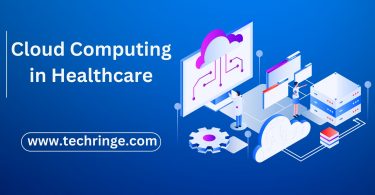Predictive analytics utilizes data and statistical algorithms to anticipate upcoming incidents or trends and is a powerful application of machine learning. Machine learning technologies have drastically enhanced the precision and efficacy of predictive analytics, also enabling real-time insight retrieval from massive/bulk data sets.
Machine learning and predictive analytics.
A subset of artificial intelligence that includes the advancement of algorithms and models which enable computers to learn from data and make predictions or judgments based on that data without being explicitly programmed is known as machine learning. In simple words, machine learning enables computers and machines to learn from their previous experience by themselves and bring better outcomes without being explicitly programmed for every circumstance or for every possible scenario. `It involves the use of statistical models and trained algorithms that are capable of investigating patterns and possible trends in data through computers and machines, ultimately using these insights to make predictions. Some common applications of machine learning include image and speech recognition, natural language processing , fraud detection, and personalized recommendations. Predictive analytics is not as big as machine learning; it can be said a subset or application of machine learning which entails use of statistical models and machine learning algorithms to make predictions about future trends, events or outcomes.
How machine learning can improve/enhance predictive analytics
There are multiple ways by which machine learning advances the predictive analysis, some of the, are following…
Natural language processing.
Natural language processing (NLP) is a sub-branch of machine learning (ML); that enables computers to communicate with humans by understanding, interpreting, and generating human language. With the help of the NLP systems, predictive analytics is used to analyze and interpret text data such as social media posts, consumer reviews and supportive tickets, to predict customer behavior and preferences.
Automation of machine learning.
Automated machine learning is a process that automates the selection, tuning and optimization of machine learning models. Data scientists are now able to build and deploy algorithms that are used in predictive analytics through predictive models without any complicated manual supervision or intervention; all the credit for this phenomenon goes to the automated machine learning approach.
Deep learning.
Deep learning is a kind of artificial neural based network of machine learning with processed data through multiple layers to get higher or more featured data; it involves processing of complex data sets. This technique can be used to extract features from large amounts of data, making it significantly able to reveal or investigate patterns and trends that may not be visible to the human eye.
Reinforcement and interpretable machine learning.
Reinforcement learning is another kind of machine learning which involves training tactics to make decisions based on their interactions and relations with a specific environment. This technique can improve predictive analytics in applications such as recommendation systems and personalized marketing. Multiple sets of advanced machine learning techniques through which machine learning models are able to provide transparent and interpretable explanations for their predictions are known as interpretable machine learning. This approach is beneficial in sensitive applications/fields like the healthcare sector and finance; where decision-making systems have no choice to be guilty or to be a wrong decision-maker.




Leave a Comment